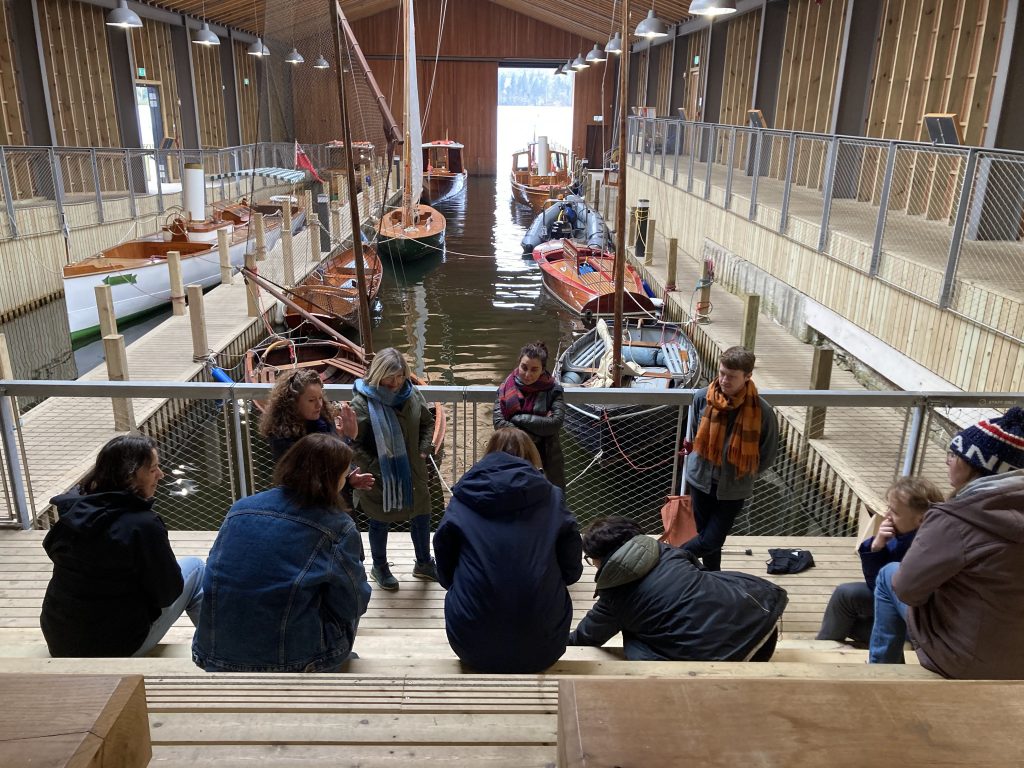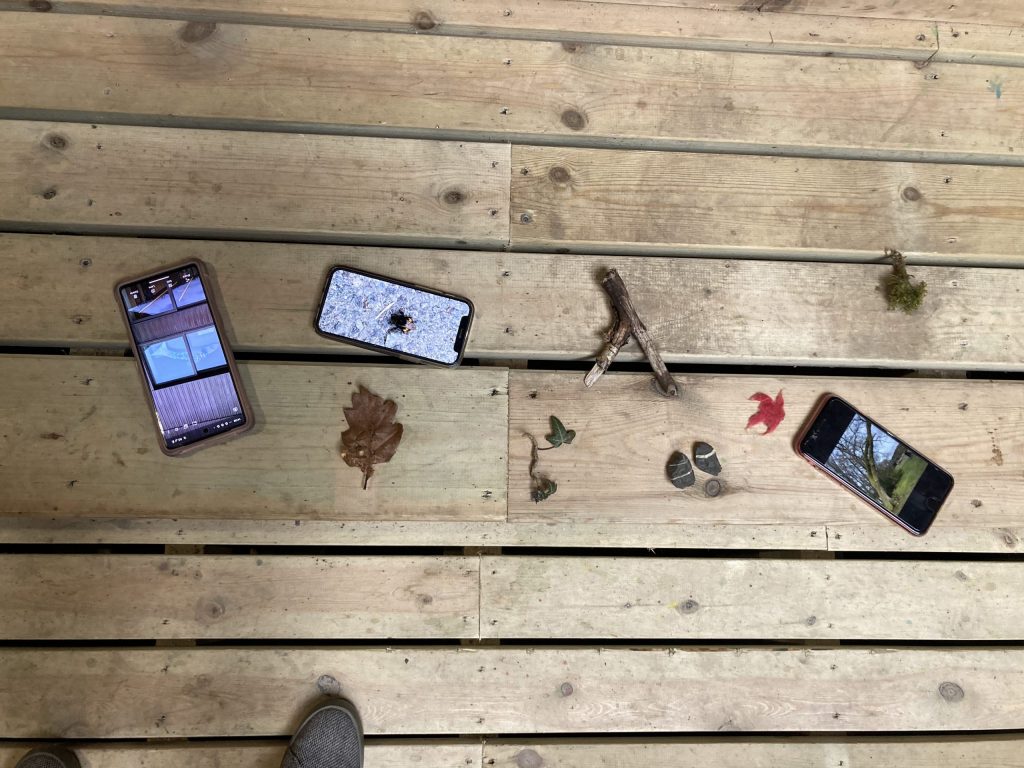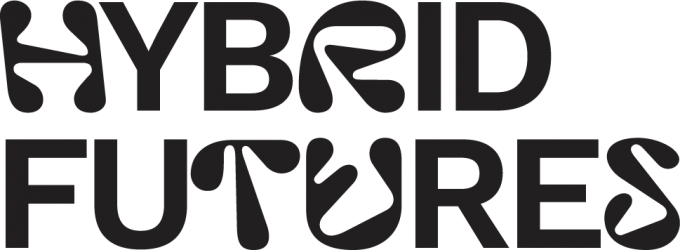As planned, we immersed ourselves in the landscape as we did at the very first Collective Futures session. Taking in the architecture, mountainous views and heritage of Windermere Jetty Museum on the lake shore, we also noted that the building has high eco credentials including being heated by the lake.
The session took place in three defined areas: a gravel circle, meadow to one side, lake to the other bordered by moss covered trees; mini amphitheatre where the boat house is situated; where the lake enters the building; and the learning room with floor to ceiling lake and fell aspects. The sun was just breaking through, the temperature was around 14 degrees.
Prior to our final meeting, Alia had shared a survey with the group to support the process of ending well. Beginning in the learning room, Alia shared the aggregated survey results and how this helped shape the day’s plan in response in which:
- 71% wanted free and open time to chat with others to get to know each other a little better
- 57% wanted focus time to think through and identify how we resource our ideas moving forward beyond Collective Futures
- 100% rest, relax and be with nature
- 86% end Collective Futures well together
Alia reminded the collective of the purpose of the day: to ‘end and/or transition well‘ and articulate what this could mean.
We started the sessions and set the tone of the day discussion with Sankofa (pronounced SAHN-koh-fah) – a word in the Twi language of Ghana meaning “to retrieve” (literally “go back and get”; san – to return; ko – to go; fa – to fetch, to seek and take). It also refers to the symbol of a bird with its head turned backwards while its feet face forward.
Sankofa is often associated with the proverb, “Se wo were fi na wosankofa a yenkyi,” which translates as “It is not wrong to go back for that which you have forgotten”.

Moving outside to the gravel circle, standing and facing each other, Alia guided the group to take a breath and to presence our minds and bodies using the weather and our internalised forecast as a barometer to understand and absorb where we find ourselves and what is available to us. We worked in pairs to discuss ‘hope’ and how long we could project this forward.


Breaking out to the lakeshore, Collective Futures’ Creative Producer Kit Abramson gave a summation of activity of the Collective Futures programme noting opportunity for iterations – woven into the process – and the impact the programme has had on individual thinking and behaviour in personal and professional spaces.
Returning to the circle, the group were positioned into an inner and outer circle and tasked to share what they had enjoyed most and what they had found most challenging in a 30 second burst. The outer circle then moved clockwise one space and the process was repeated with one caveat: we were not allowed to repeat anything we had already spoken about. This process was repeated five times.
The lunchtime task was to find an object that represented our experience of Collective Futures, to further explore the museum and grounds, and take the opportunity for chat and projection. Echoing our Resonant Objects session, we talked about the objects and images we had collected – an offering of moss, an oak leaf, a photograph of a bee, a photograph of a tree, a photograph of upcycled plant pot wellies, a fragment of pink acrylic fabric, a photograph of a fish, a forked smooth and flaky twig, two slates threaded with white sediment and two connected ivy leaves.
Moving on to the learning room, we each created a series of ‘I need’ statements on yellow post it notes, followed by the offering of support and resource that we could give to each other to support the development and realisation of activity/proposals/ongoing relationships. These were quickly and loosely grouped into categories of need aligned with committed offers of support and resources. The group discussed Collective Futures as a model and how to embed this model to create systems change if they could apply it to their own workplaces.
I need:
- To keep this relationship going
- Time to reflect like this
- Somewhere to share the importance of moss in nature
- Resource for my nature group drawing inspiration from art
- Support with a project to bring displaced people to be in and see the fells and capture connections between human experience of movement in green and urban space
- To know how to create this space for my colleagues
- To advocate for a sustainable photography degree
- To find a way to let things be open without controlling
- To measure things like digital storage of photos
- To keep the momentum going
- To find this space
- To articulate Collective Futures and the impact of it to our funders
- Help to share the value of the project with the wider team
There was agreement that the drop in, drop out structure suited those involved and that the role of the reflective notes/supporting media supported this approach. Going forward the collective committed to meet on a quarterly basis with a structure in place – we called these Provo-Catch Ups.
We moved on to writing with the hand we don’t normally write with – reflecting on the day – what we enjoyed, felt challenged by and what we were proud of. We finished the workshop with a gratitude circle and a poetry reading from Alia to close the day having supported the transition/extension of Collective Futures beyond this first phase funded programme.

